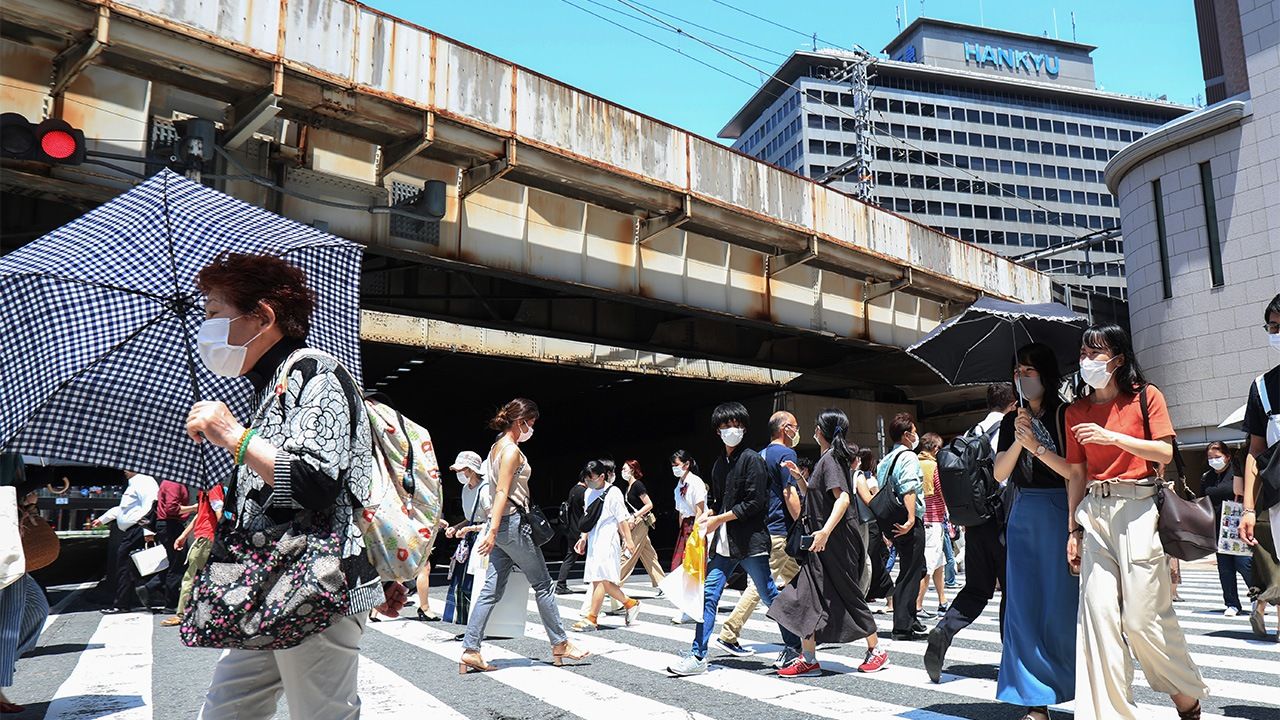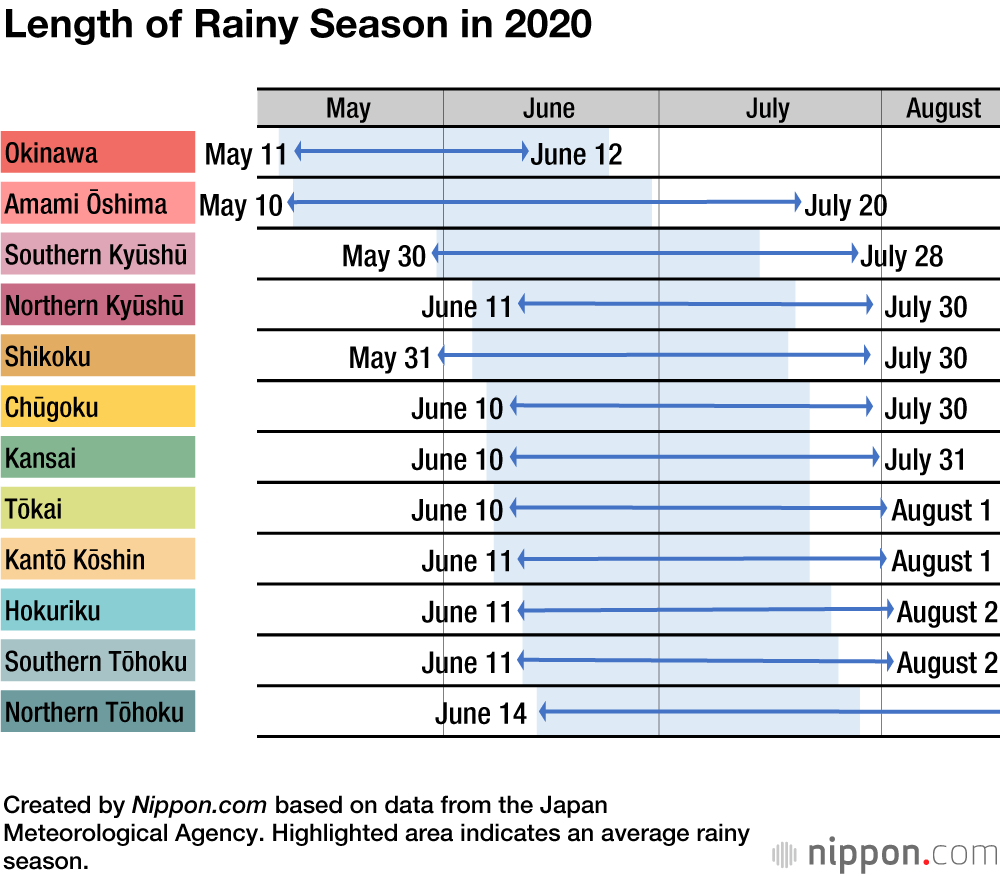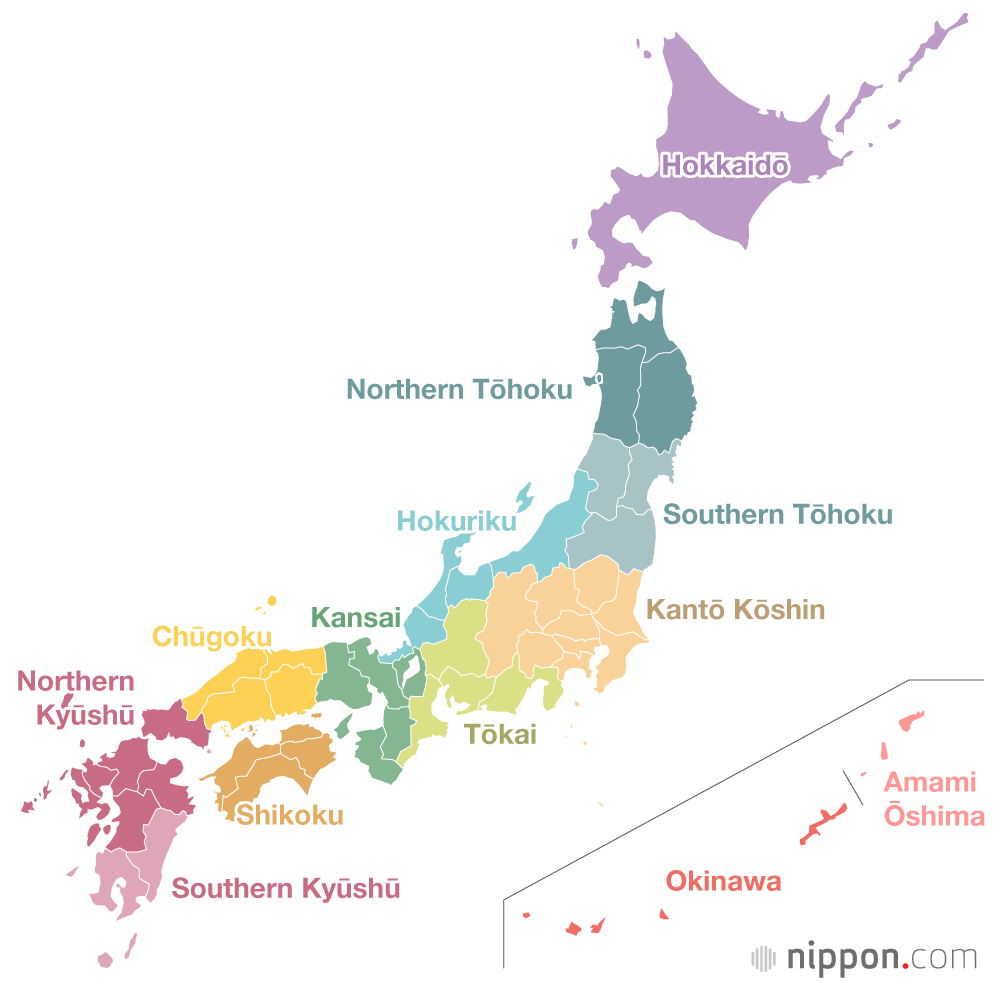
Rainy Season in 2020 Ends Late in Most Parts of Japan
Society- English
- 日本語
- 简体字
- 繁體字
- Français
- Español
- العربية
- Русский
The end of the rainy season came later than usual across much of Japan in 2020. According to official dates from the Japan Meteorological Agency, it was 21 days later than average in Amami Ōshima (July 20), 14 days later in Southern Kyūshū (July 28), 11 days later in Northern Kyūshū (July 30), 12 days later in Shikoku (July 30), 9 days later in Chūgoku (July 30), 10 days later in Kansai (July 31), 11 days later in Tōkai and Kantō Kōshin (August 1), 9 days later in Hokuriku (August 2), and 8 days later in Southern Tōhoku (August 2). Okinawa in contrast, had a rainy season that ended 11 days earlier than normal, on June 12.
For the Kantō Kōshin region, this is the first time in 13 years for the end of the rainy season to be declared in August, while for Tōkai, Southern Tōhoku, and Hokuriku it has been 11, 7, and 3 years respectively. (The JMA did not ultimately settle on a date for the end of the rainy season in Northern Tōhoku.)
With the exception of Okinawa and Amami Ōshima, regions in Japan entered the rainy season at the end of May or early June, which is around the average time of the year or slightly later, and the period of the rainy season lasted somewhat longer than usual. The weak extension of the Pacific high-pressure caused the seasonal rain front to hover near Japan.
The extended rain and lack of sunshine has driven up the price of vegetables. A survey on trends in food prices conducted by the Ministry of Agriculture, Forestry, and Fisheries found that from July 27 to 29, the average retail price per kilogram of potatoes rose to ¥652, a year-on-year increase of 67%, while cucumbers rose to ¥738, which is 44% higher than the previous year.
The seasonal rain front also hovered near the main island of Honshū from July 3 to 14, resulting in heavy rain across a wide area stretching from western to eastern Japan. Flooding that centered in Kyūshū caused major damage, including many dead and missing. Rainfall was particularly heavy in Northern Kyūshū, where some places had more than double the amount during the rainy season from June 11 to July 29 as between the corresponding dates in an average year.
The record heavy rain that centered on Tōhoku, falling for several days from July 26, caused the Mogami River to overflow for the first time in 53 years, flooding some residential areas in Yamagata Prefecture and causing mudslides and other damage.
(Translated from Japanese. Banner photo: People walking around with parasols in front of Shin-Osaka Station in the afternoon of July 31, 2020. © Jiji.)

